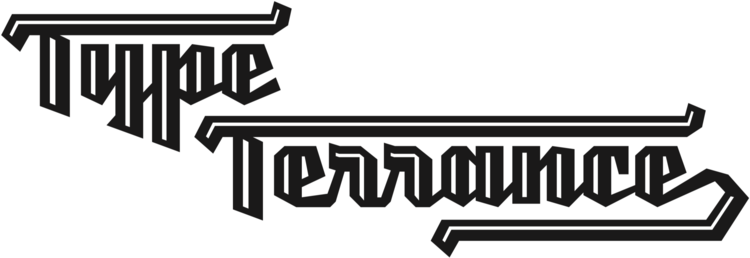1. The folks organizing Brand Perfect recently asked me to chime in on the differences between typography for print and the screen. The differences are substantial, but I think the similarities are important to point out. Read the article here: The Right Type by Julia Errens
2. A friend also passed this along to me, the Contrast Rebellion, and asked my thoughts on the topic of proper contrast when setting type on the web. My reply, summarized from a Facebook post:
"Low contrast typesetting is a subjective, aesthetic choice. I personally don't mind it that much, but I have good eye sight and high-res screens. And it's more tolerable in shorter settings. I feel like low contrast type is a choice that has to do with hierarchy. Someone chooses to lessen the color contrast, instead of changing the hierarchy in different ways, like size, weight or style (italics, small caps, different face, etc.)
Interestingly, the 'black and white' on paper isn't as harsh or tiring as the black and white on an illuminated screen, to me. At Monotype, we go through a lot of trouble to make fonts look their best on screen, like hinting (to lessen the fuzzy greyness, and make it more black and clear, generally speaking) and also tuning fonts for inherently low-contrast environments like E-Ink screens. Also, remember, pure black and white bitmaps for type, like we used to see in the 90s, isn't as comfortable to read as the sub-pixel tech we have today (in Apple Quartz and MS DirectWrite).
The web (and screen typography in general) is catching up to the refinement we've had in print, and there are more people interested in typography today due to the web, I believe. With these guy's manifesto, case in point. We're living in a typographic renaissance and upheaval, largely in part to to the proliferation of screens, and it's exciting!" - Terrance Weinzierl
